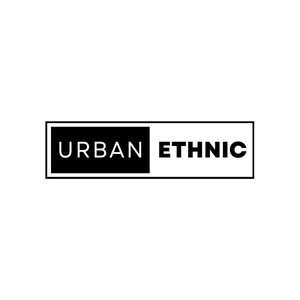In today’s consumer-driven world, many of us find ourselves
caught in the cycle of constantly purchasing new gadgets, clothes, and various
items on a monthly basis. However, upon closer examination, we often realize
that we don’t truly need most of these things. In fact, these excess
possessions can weigh us down and become a hindrance rather than a source of
joy or fulfilment. Embracing minimalism can help us declutter our lives,
improve our focus, and reduce procrastination. Here are some practical tips to
help you differentiate between essential items and unnecessary clutter:
1.
Identify Your Essentials: Start by creating a
list of essential items that you use on a daily basis. For example, take a look
at your everyday backpack or carry-all and identify what you truly need. Do you
have multiple tangled cables lying around? Keep only the ones you actually use
and consider donating the rest to someone who might need them.
2.
Dealing with Unused Clothing: Many of us have
closets overflowing with clothes that we rarely or never wear. Take some time
to go through your wardrobe and identify items that no longer fit or suit your
style. Rather than holding onto them with the hope of fitting into them again
one day, consider donating or selling them. Letting go of unused clothing not
only declutters your space but also frees your mind from unnecessary
attachments.
3.
Evaluate Your Supplements and Cosmetics: Check
the expiration dates and usage of supplements, creams, and other personal care
products. Discard any expired or unused items to free up space and ensure that
you’re only keeping what you actually need and use regularly.
4.
Digitize Your Documents: In today’s digital age,
there’s often no need to hold onto piles of paper clutter. Take some time to
scan important documents such as bank statements, tax documents, and
notifications from government authorities. Store them digitally either in
cloud-based drives or on your hard drive. This not only saves physical space
but also makes it easier to organize and access important information when
needed.
5.
Transition to Digital Reading: If you’re an avid
reader with shelves full of physical books, consider transitioning to digital
reading formats such as e-books or audiobooks. Invest in an e-reader like
Kindle Paperwhite or utilize reading apps on your computer or smartphone. Not
only does this save space, but it also allows you to carry your entire library
with you wherever you go.
Embracing minimalism is about intentionally choosing to live
with less, focusing on what truly matters, and freeing ourselves from the
burden of excess possessions. By decluttering our physical spaces and
streamlining our belongings, we create room for increased focus, productivity,
and peace of mind in our lives.

